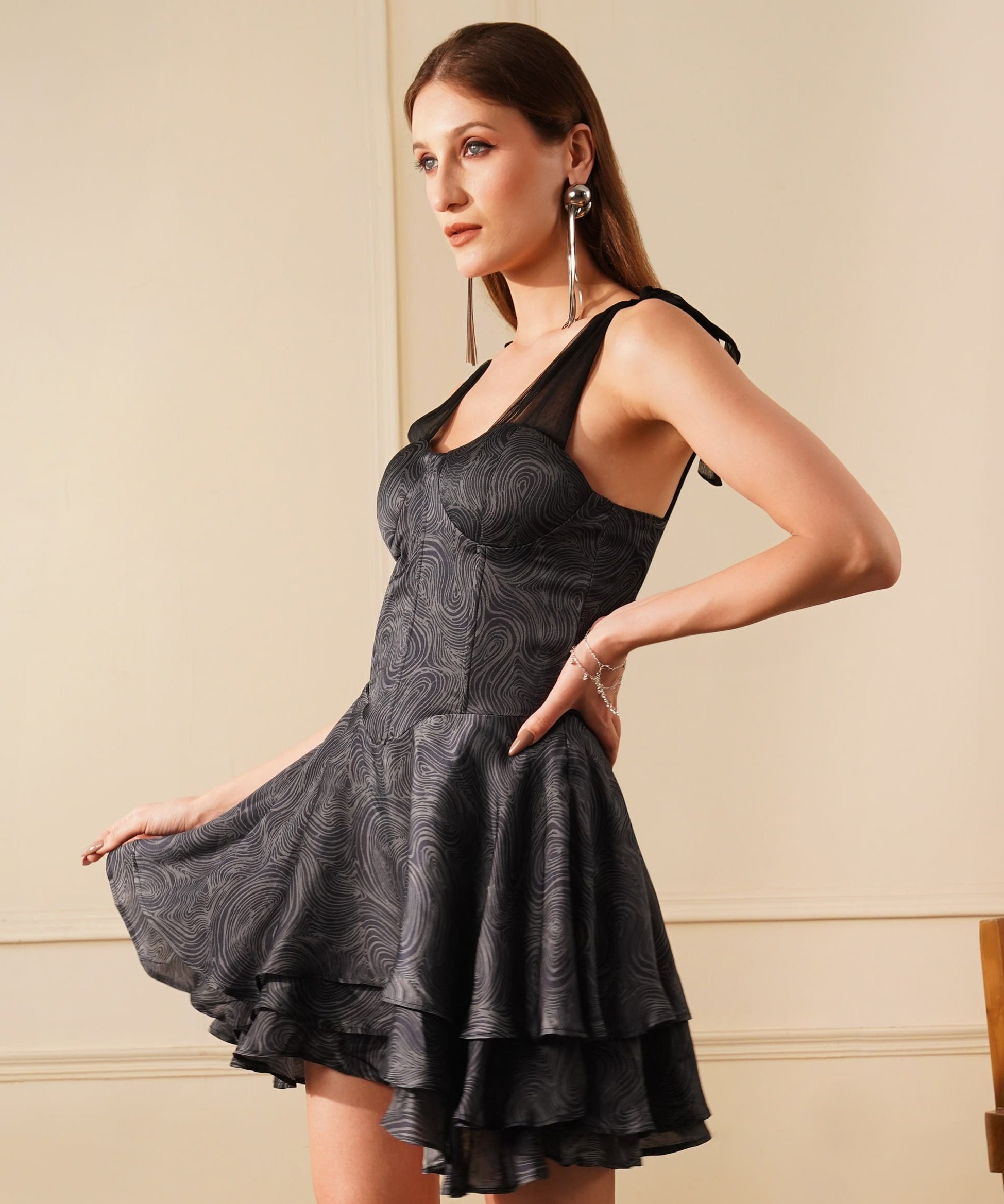THE EVOLUTION OF WOMEN'S DRESSES: A JOURNEY THROUGH FASHION HISTORY
Throughout ancient times, women's dresses evolved in tandem with societal, cultural, and technological shifts. In ancient Mesopotamia, garments were simple and draped, often made from linen or wool. Ancient Egyptian women favored lightweight, draped garments like the kalasiris. In ancient Greece, the chiton and peplos were popular styles, reflecting a draped aesthetic. Roman women wore tunics and stoles, with fashion trends influenced by trade and conquest, showcasing intricate designs and fabrics. In the Indian sub-continent draping a long singular piece of fabric had been in vogue. The history of fashion in India has been rich and worthy of a pedagogy to learn from.
THE MELLOW MEDLEY OF MEDIEVAL-ERA FASHION
Early medieval dresses were often simple, draped garments, but as the era progressed, elaborate styles emerged. The introduction of fitted bodices and voluminous skirts became fashionable, reflecting a more structured silhouette. Fabrics such as silk and velvet were favored by the elite, while commoners wore simpler garments made from wool or linen, often adorned with decorative trimmings. Flowy satin mirage dresses and pin-tucked satin tunics were extremely sought after.

RETHINKING FASHION AROUND RENAISSANCE
In the 1920s, women's dresses underwent a dramatic transformation, reflecting the spirit of the era. Hemlines rose to unprecedented heights, with dresses becoming shorter and more revealing, showcasing the liberated attitude of the "flapper" lifestyle. Silhouettes shifted towards a straight, boyish shape, with dropped waistlines and loose, unstructured fits. Fabrics like chiffon, silk, and satin were favored for their lightweight and flowing qualities, allowing for freedom of movement on the dance floor.
TIMELESS TAPESTRY OF THE LBD
The Little Black Dress (LBD) emerged as a fashion icon in the 1920s, notably popularised by Coco Chanel. Its simplicity and versatility made it a staple in every woman's wardrobe. Chanel introduced a simple yet elegant black dress in a revolutionary style, departing from the ornate and restrictive fashions of the past. The LBD symbolized independence and modernity, offering women a chic and timeless option suitable for various occasions, from cocktail parties to evenings out. Its enduring popularity has solidified its status as a fashion classic, embodying sophistication, style, and understated glamour.
SLAY IN THAT LBD AT
STEPPING INTO THE FUTURE IN DIVERSE STYLES SENSING SNIPPETS FROM THE HISTORY OF FASHION
Modern futuristic fashion for women embraces bold silhouettes, innovative materials, and cutting-edge technology. Designs often feature sleek lines, metallic accents, and geometric shapes, evoking a sense of space-age glamour. High-tech fabrics like neoprene, PVC, and metallic knits are commonly used to create avant-garde looks that push the boundaries of traditional fashion. Accessories such as holographic finishes, LED lights, and futuristic eyewear add an extra dimension to the overall aesthetics of evolution dresses. In fact, subtle, toned-down hues across satin cowl dresses are pretty much doing the rounds. Halter-neck has made a comeback with asymmetrical necklines across tops gowns and tunics.
CONCLUSION
Here at Arunita’s creations, you can relish modern slits and cuts with a dash of nostalgia across fabrics. Art Deco-inspired embellishments, such as beading and fringe, add glamour and sophistication to evening wear, while daytime dresses embrace simplicity and practicality with tailored suits and shirtwaist styles.
From asymmetrical dresses to sculptural outerwear, modern futuristic fashion celebrates the intersection of fashion, technology, and imagination, offering a glimpse into what the future of style may hold. Getting a detailed glimpse into the history of fashion helps us speculate future trends and anticipate upcoming fashion hacks.

